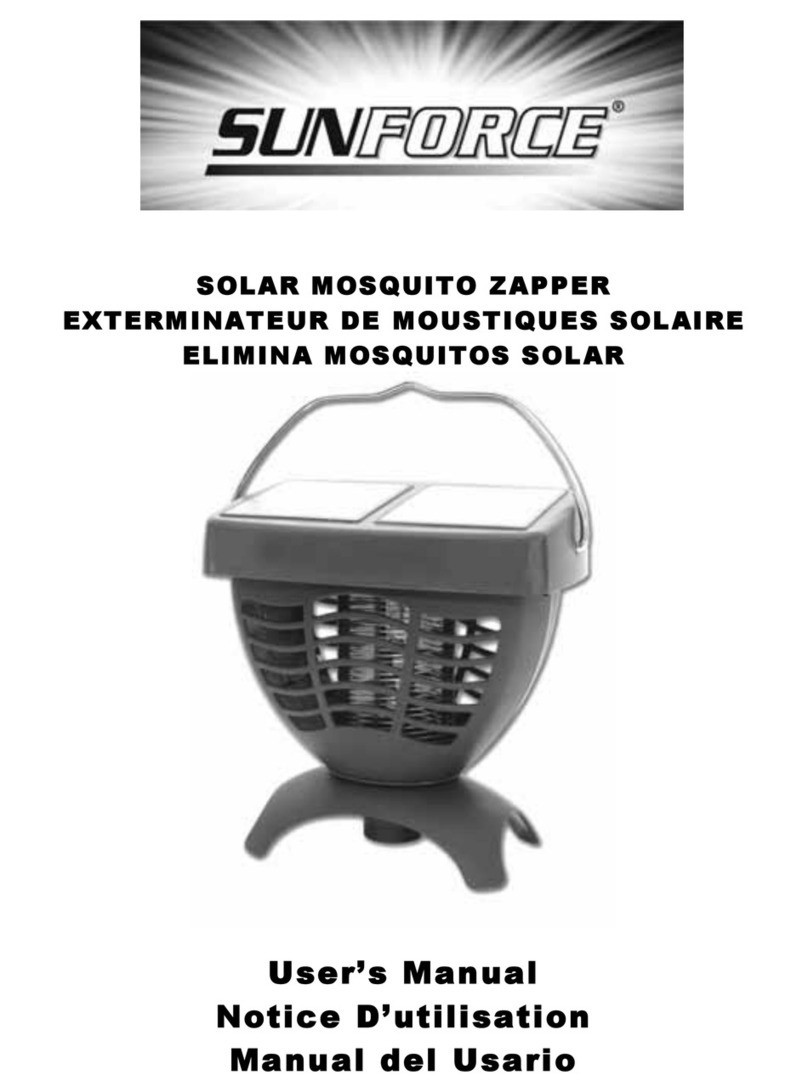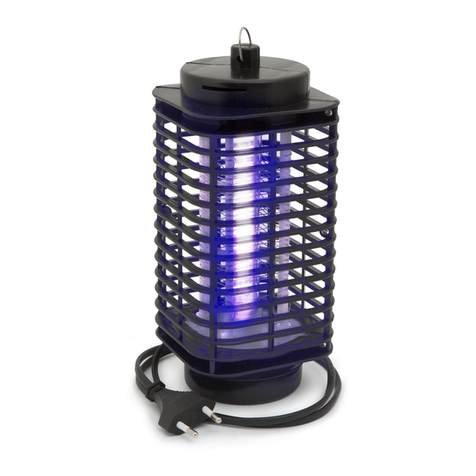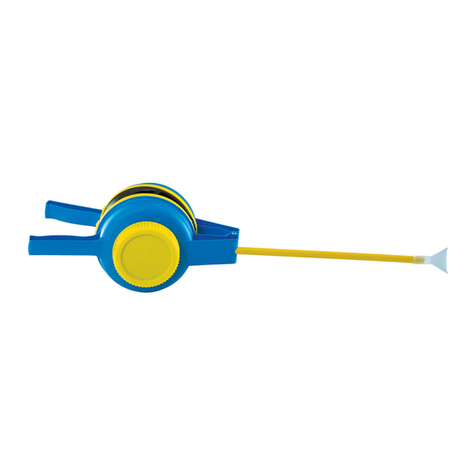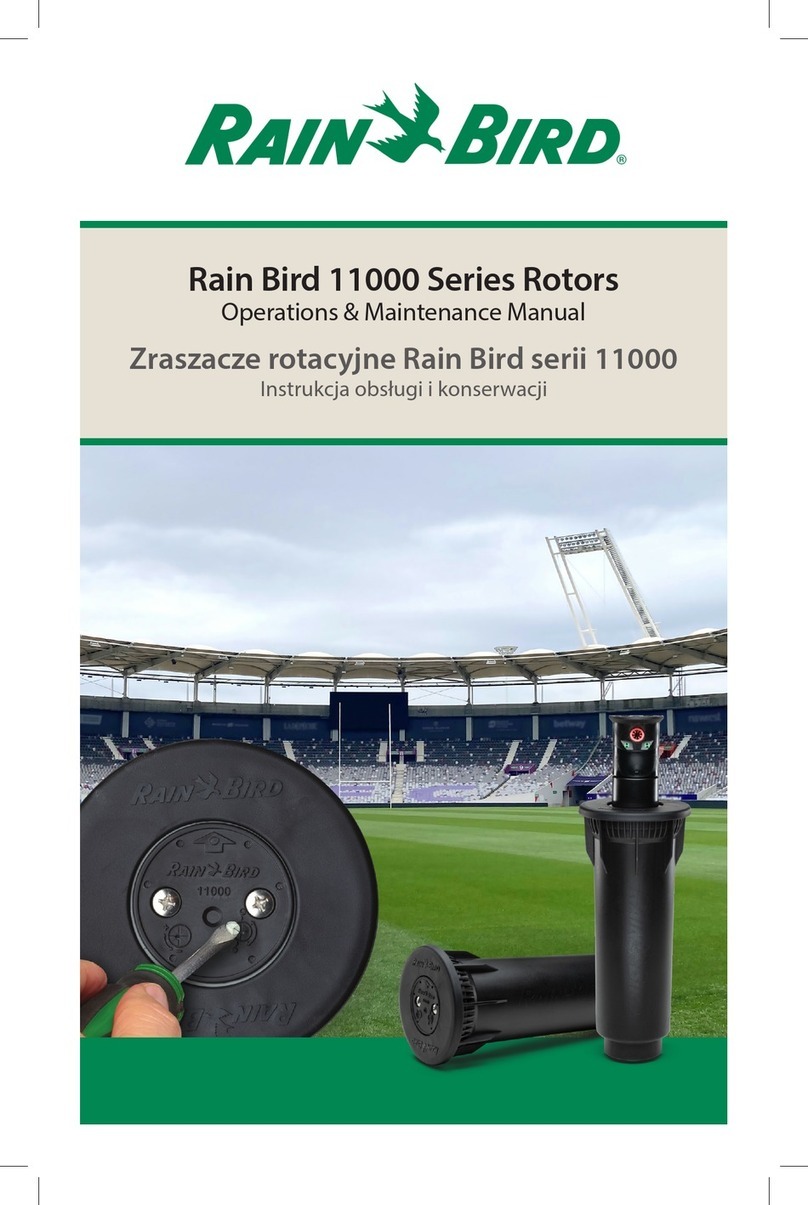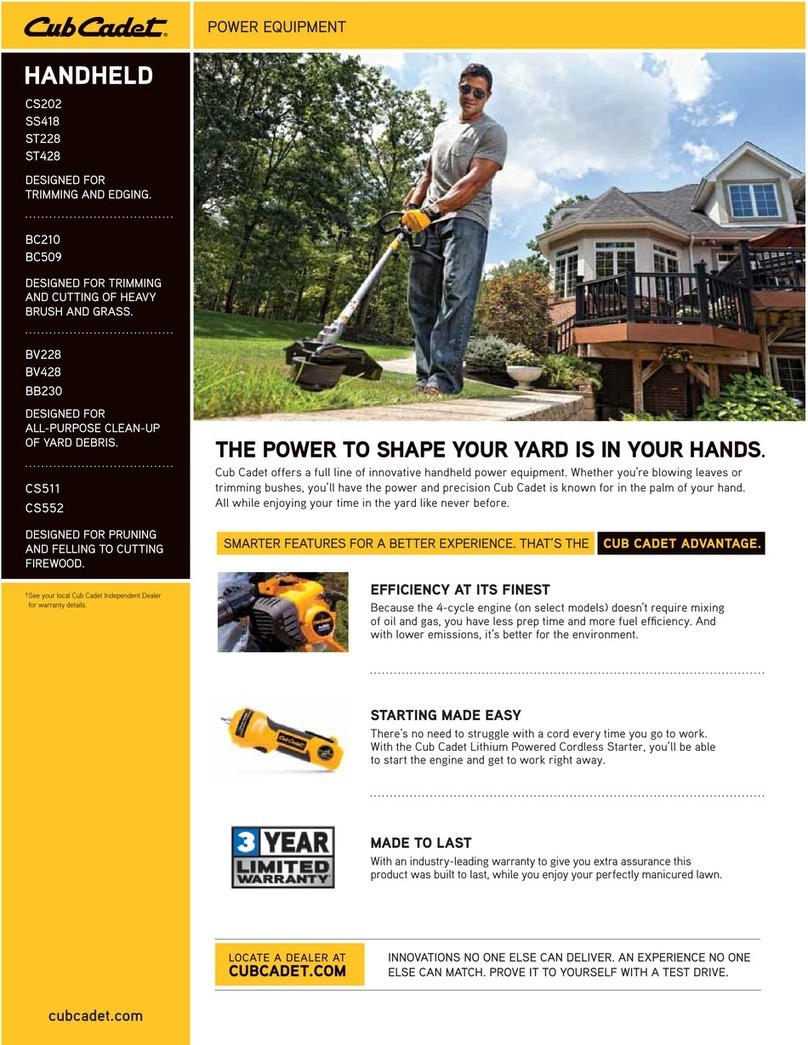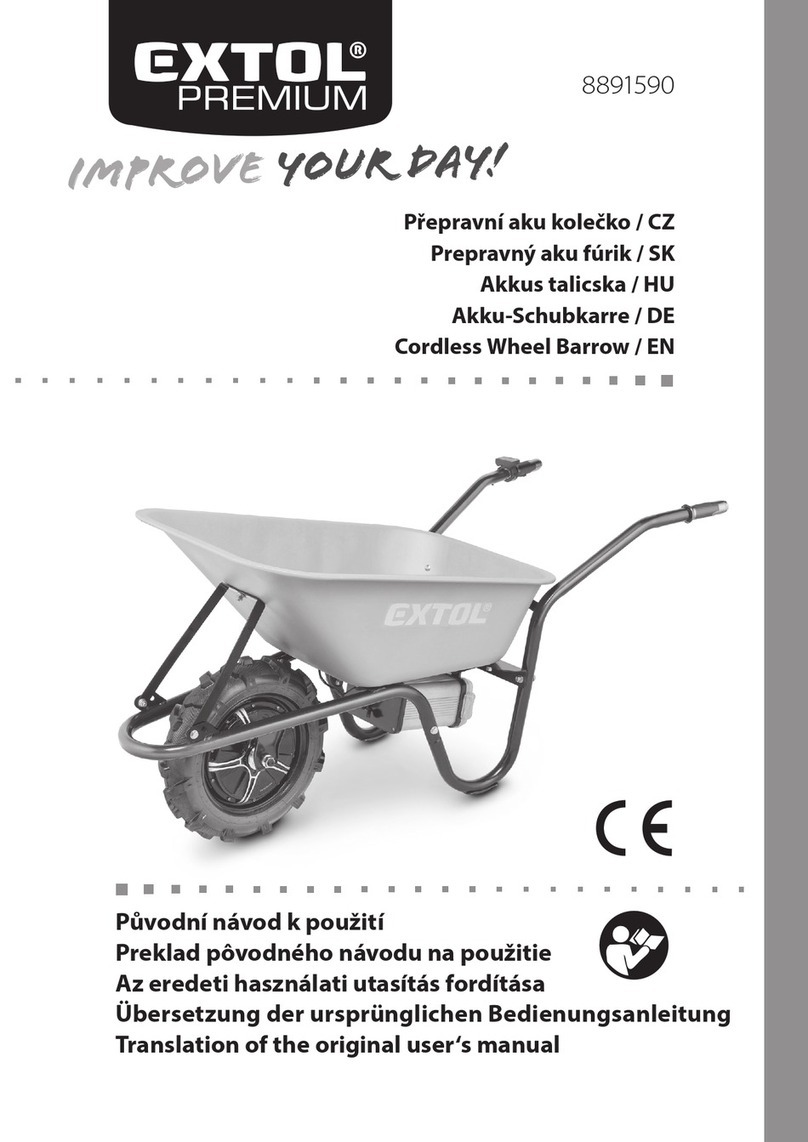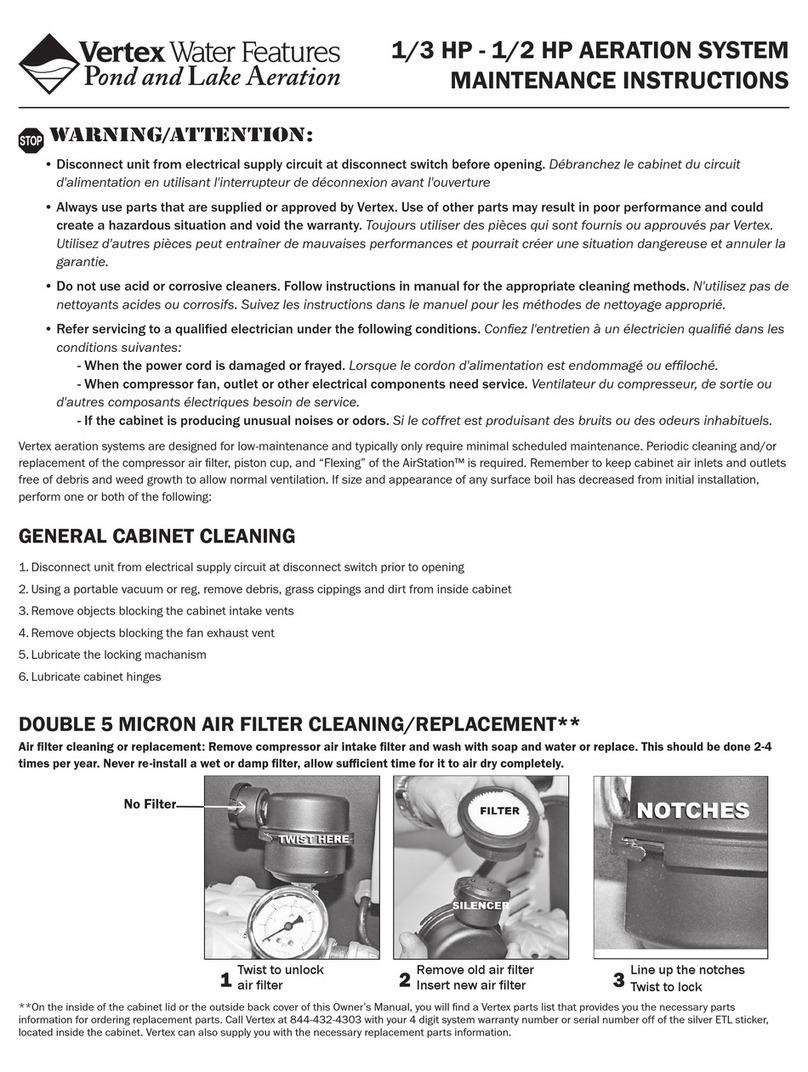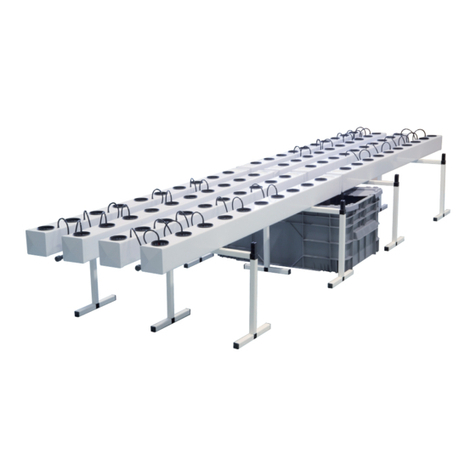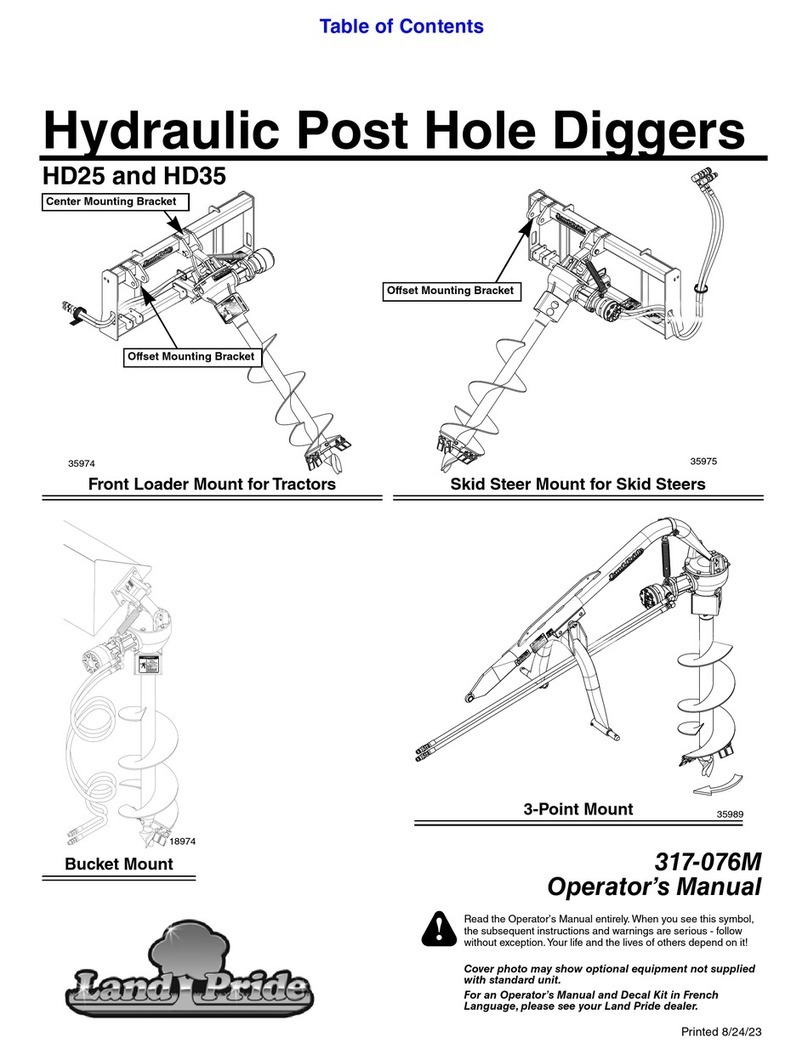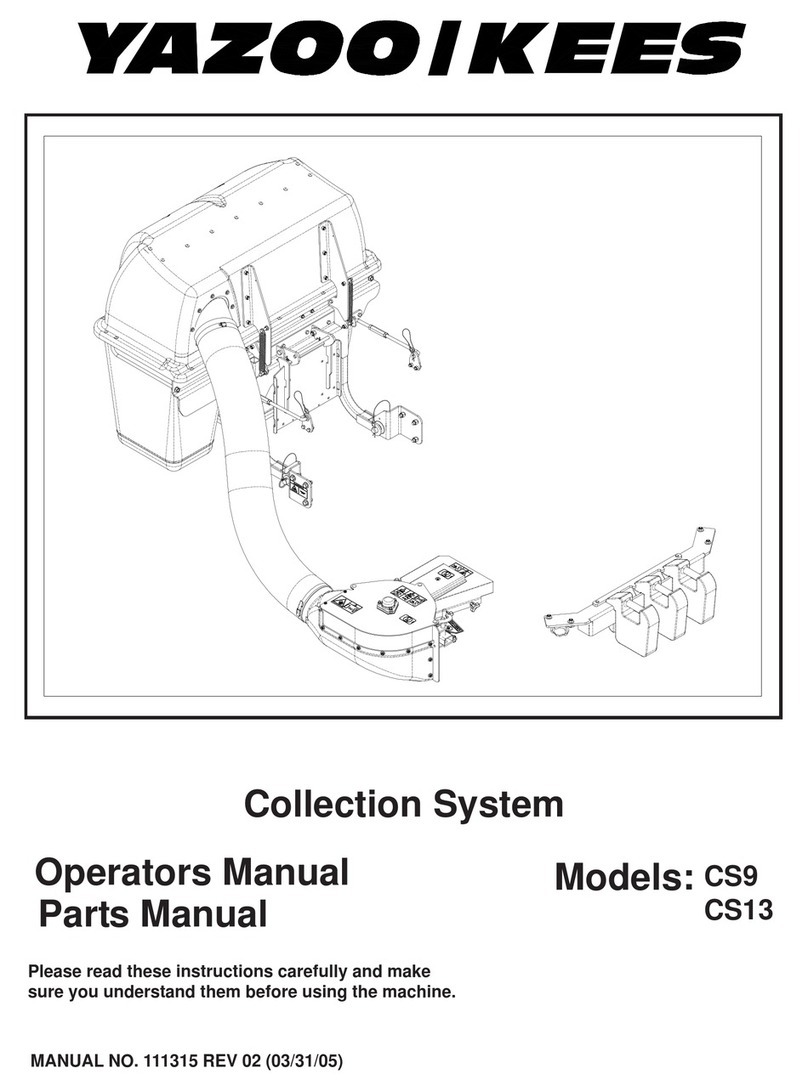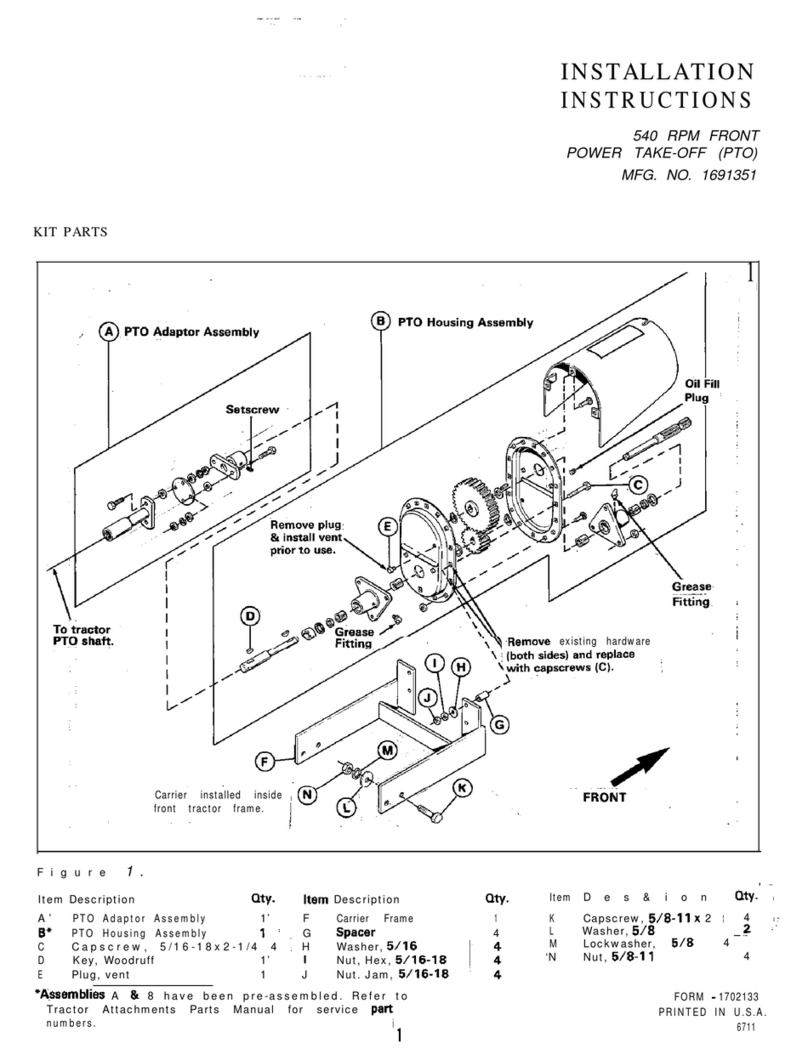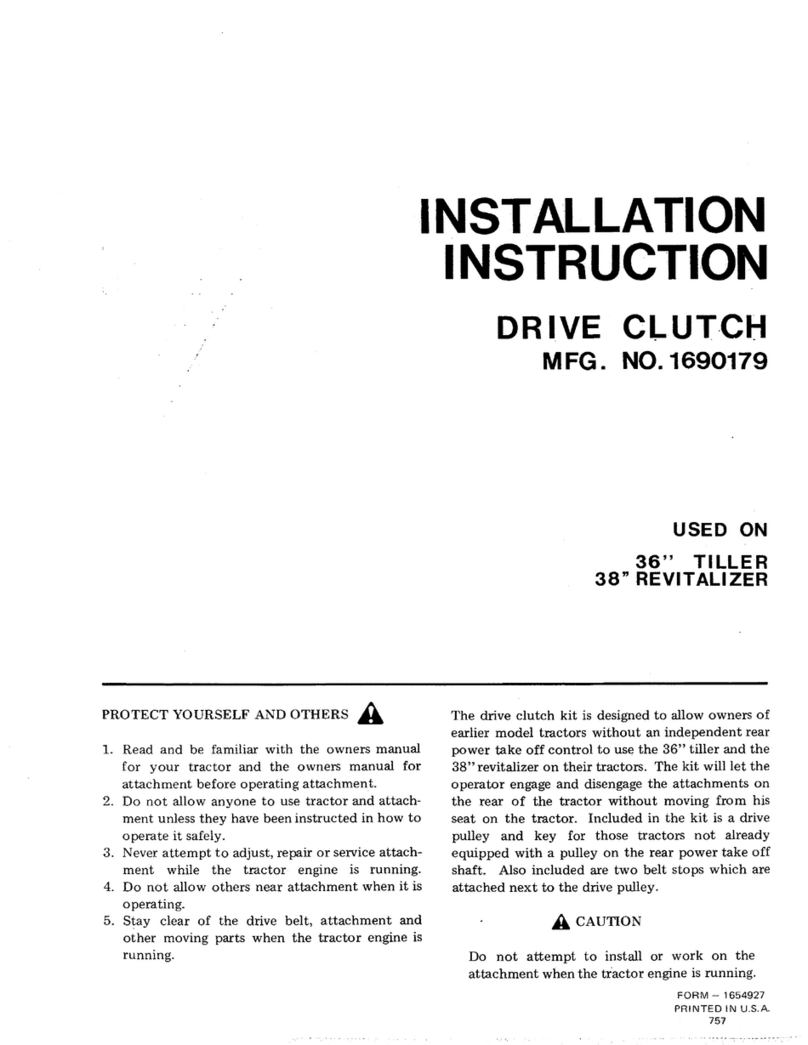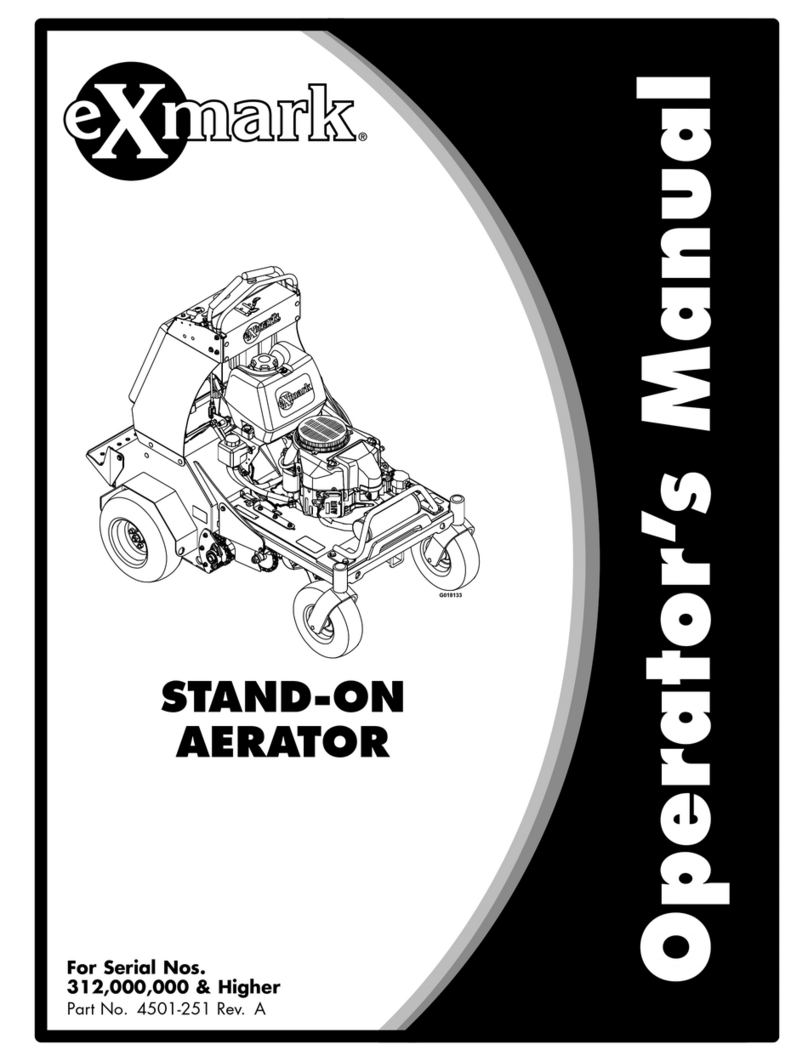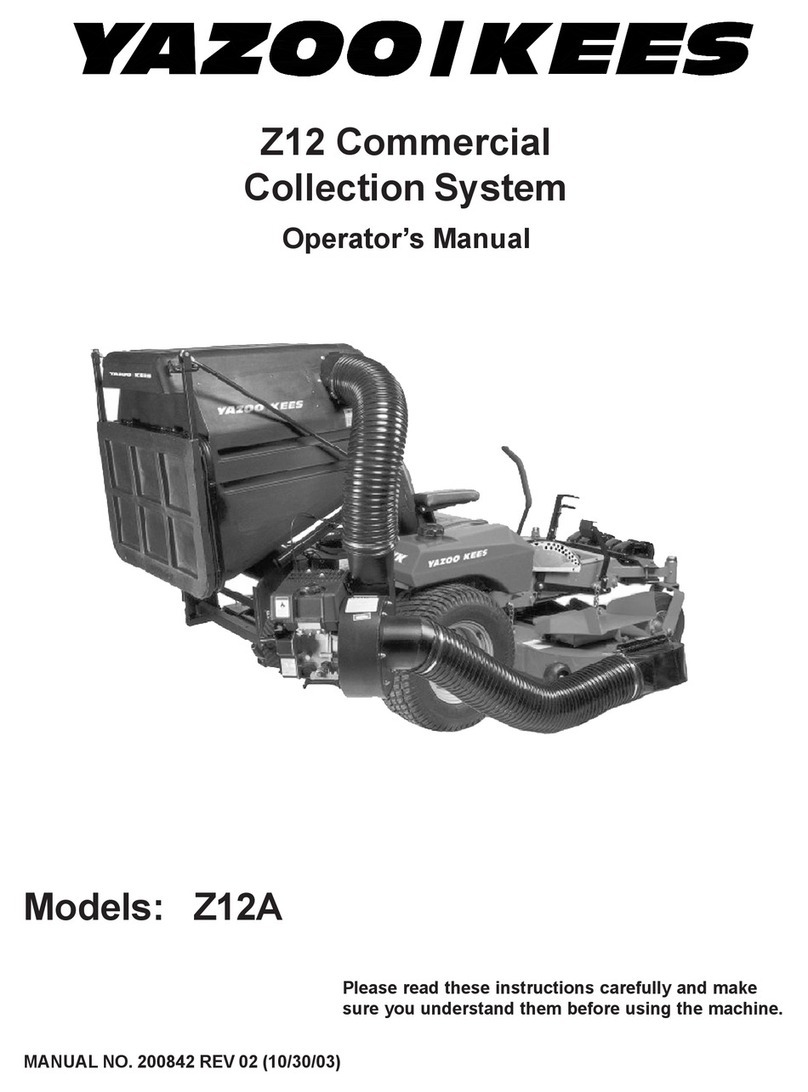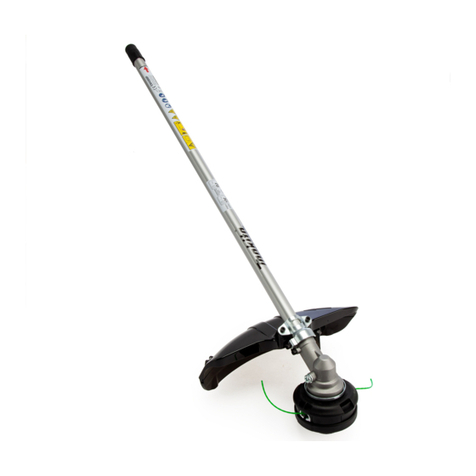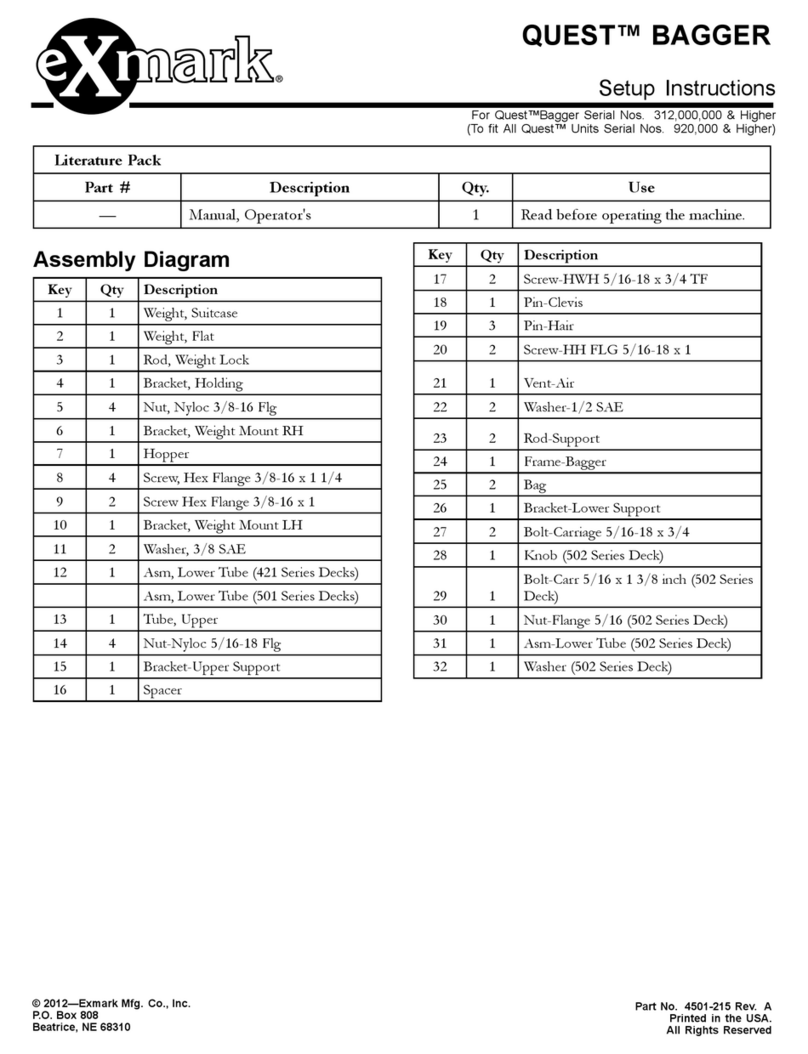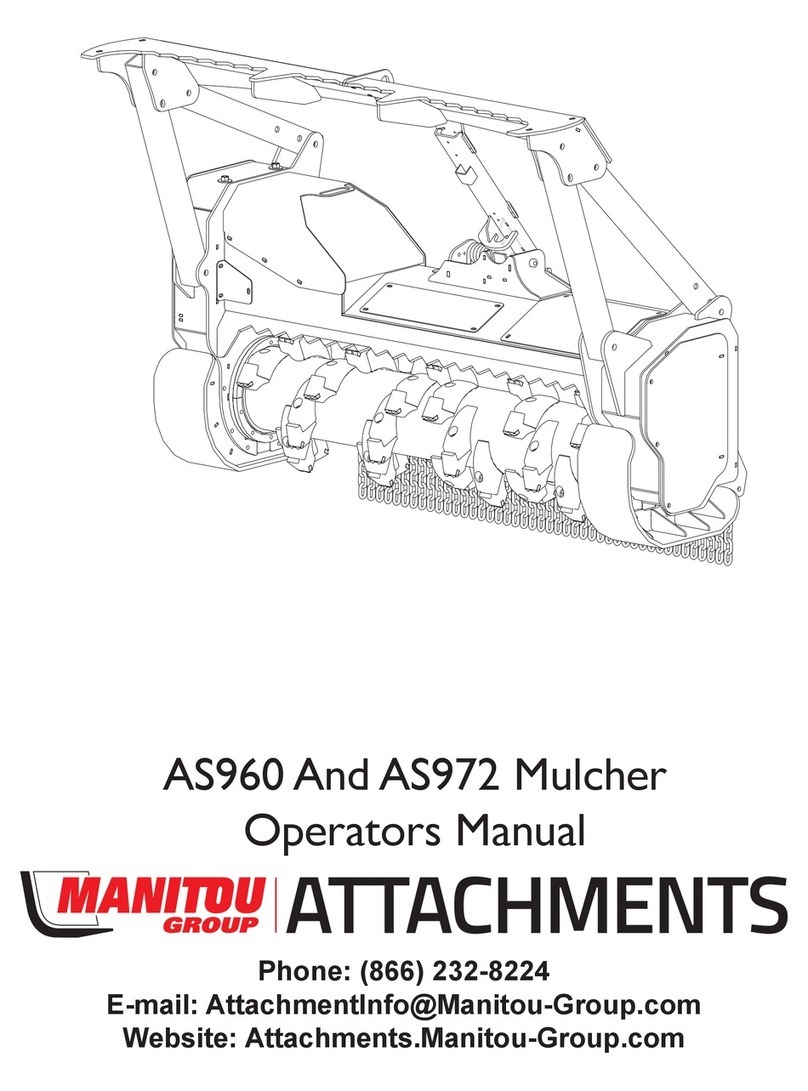visit www.naturemill.com for more information visit www.naturemill.com for more information
PRECAUTIONS
•Handle compost as you would soil: wash hands after
contact; wash garden vegetables before eating; keep
compost away from food or dishes.
•Supervise children and pets near fresh compost.
•Cut waste items into 1 TO 3 INCH (3-8 CM) PIECES
to aid in decomposition. Smaller pieces are better.
•DO NOT unplug the machine for longer than one
hour at a time, or composting may decrease.
•Close lid & side door tightly. Clear debris from seals.
•DO NOT clean the reactor. Never use soap or
chemicals. This destroys compost cultures.
•A strong “trash truck” odor means cultures may have
been destroyed. See COMPOST QUALITY.
•Fresh compost is very powerful so apply to soil sur-
face only, at the recommended quantity. See GAR-
DENING WITH COMPOST section.
•Read instructions thoroughly. Check naturemill.com
periodically for updates.
WARRANTY AND CUSTOMER SERVICE
Visit www.naturemill.com for customer service & war-
ranty information. Due to sanitation reasons, unit gen-
erally can not be returned after exposure to food waste.
STEP 1: ACTIVATE THE COMPOST_
1. Insert trays into machine with the white drip tray at
the far end, away from the side door. See drawing.
2. “Activate” compost by placing 2 cups (500 ml) of
soil into the reactor. This is needed only once.
Use natural outdoor top soil, where plants or weeds
grow. Cold, frozen, wet, dry, sandy, or clay soil is ok.
3. Plug in the power cord at all times. The air pump
will hum and the mixer will snap occasionally – they
will grow nearly silent as the unit fills and warms up.
STEP 2: ADDING WASTE ITEMS
Add waste items at any time, as per reference list. The
mixing wand turns automatically for a few minutes,
several times per day. Material gradually darkens,
heats up, and shrinks in volume, and turns into com-
post. Follow these tips for best results:
•Add two handfuls of “brown” items at the start of
each cycle to fuel reactions: shredded paper, saw-
dust, bread, rice, etc. Continue more with food.
•Cut all items into 1 to 3 inch pieces (3-8 cm). Shred
paper. Smaller pieces break down faster.
•Add ¼ tablespoon of baking soda when adding food,
for a total of 2-3 tbsp per batch, to reduce acidity.
•Fill the reactor only half way to the top. Do not fill all
the way to the lid - this could cause a jam.
STEP 3: CYCLING THE COMPOST
It is important to choose the best time to cycle. Wait
until compost in the reactor looks dark, well mixed, no
individual items are recognizable, and the reactor is
half full. Then push the OK button to transfer compost
to the red cure tray, where it continues to compost.
•Allow new items a minimum of 12-24 hours in the
reactor. Cycle just before preparing a meal, or after
a weekend away. If necessary, hold items overnight
in a bowl to allow more time for the current batch.
•Allow as at least 3 days between cycles, but ideally
7-14 days. More time produces better compost.
(Vacation mode cycles automatically after 20 days.)
•Some compost remains to “activate” the next batch.
No more soil is required. Add brown items at the
start of the new cycle to fuel compost reactions.
STEP 4: REMOVING FINISHED COMPOST
The FULL light will come on after several cycles. It may
come on when you push the OK button to cycle.
•Remove the red cure tray and the drip tray from the
machine when convenient. Deposit fresh compost
outdoors to limit odors.
•Rinse the trays with a hose as needed.
•Reinsert trays right away, with the white drip tray at
the far end, away from the side door. See drawing.
•Latch side door, push the OK button, and resume
normal operation.
STEP 5: GARDENING WITH COMPOST
•See COMPOST QUALITY to assess compost results.
•Wash hands after handling. See PRECAUTIONS.
•Discard the liquid in the white drip tray, if any. Add
this to plants, or to an existing compost pile.
•Fresh compost is ready for use outdoors, but is not
fully “cured” or dried. For easier handling, or for in-
door use, first cure and dry your compost:
•OPTIONAL: Cure and dry outdoors for several
weeks or more, in a warm, breezy corner of your
backyard. Just leave uncovered, so compost re-
ceives oxygen and dries out. You can even place di-
rectly on a compost pile. To cure on a roof or bal-
cony, place on a tarp or wide tray, with drainage.
Cold, freezing, rain, or snow will slow curing but will
not destroy cultures.
•TIP: Use a hand trowel to break apart clumps for ap-
pearance. Remove any uncomposted items.
•Fresh compost is very powerful. For gentle time-
release, spread compost on soil surface only, like
mulch. Watering gradually draws nutrients into the
soil. Turning the soil annually also mixes in nutrients.
•One batch of compost is enough for 10-40 sq ft (1-4
sq m), applied once or twice per year. Refer to indi-
vidual plant instructions, if available.
•You can also mix 1 part fully cured compost with 10
to 20 parts soil. Full curing requires 4-6 months.
•TIP: make “compost tea” - see naturemill.com.
Copyright ©2006 NatureMill, Inc. All rights reserved.
Printed on recycled paper. PATENT PENDING 550-00003 rev A03
visit www.naturemill.com for more information
